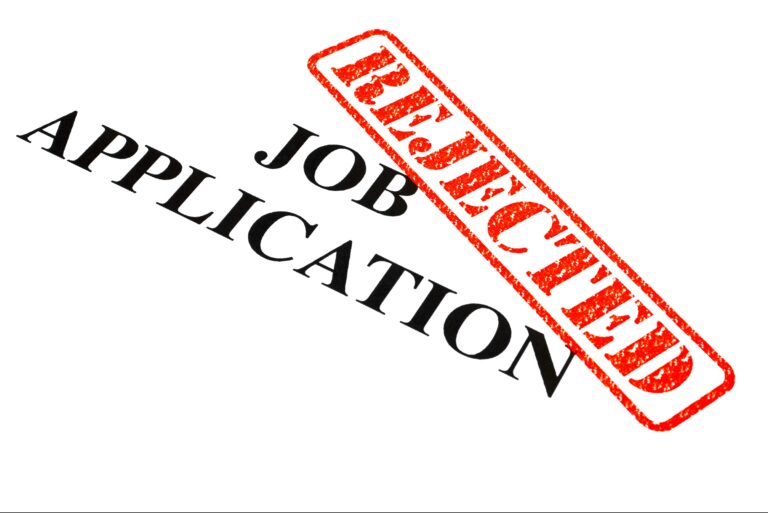There is a significant disparity between the skills employers need for their company to thrive and the number of available employees or job seekers with those skills. This is the 2023 Talent Shortage. Why should you be concerned? Staff shortages can lead to slower growth, business closures, increasing reliance on automation and higher employer turnover.
Why is There a 2023 Talent Shortage?
The COVID-19 global pandemic not only affected personal health it affected the health of hiring. The opportunity to work from home gave employees an opportunity to reassess their priorities and made them more seriously consider gig work. If employees felt they had a disconnect with their company culture, the company’s pay scale wasn’t competitive or the benefits weren’t first rate, they participated in the Great Resignation.
More baby boomers and members of the silent generation decided to retire. According to Pew Research Center the number of baby boomers retiring increased by 3.2% in 2020 or 3.2 million more retirees than in 2019. ALL of them are expected to retire by 2030.
Technology innovations were happening faster than job seekers could get the technical training they needed. The pandemic kept people away from training programs and this lack of skilled workers contributed to the 2023 talent shortage.
How Can Pharma Compete in Hiring?
According to a Paycor survey, 91% of professionals surveyed said they plan to hire in the next twelve months. What should you be doing now to attract qualified workers in the 2023 talent shortage?
Design a hiring plan. Don’t be reactive, anticipate the needs of your organization before they happen. Use prior experience to know how often openings happen by specialty areas and how hard it is to hire in those areas. Budget for niche recruiters where their specialization and speed will be critical for an effective time-to-hire. Be prepared and willing to adjust those plans as needed.
LinkedIn estimates that passive candidates make up 70-75% of the available market. Your recruitment team must focus on attracting and nurturing long-term relationships with passive candidates – exactly what a good niche recruiter will do.
Utilize social recruiting to reach out and solidify these passive candidate relationships. With the average American spending up to 2.5 hours per day on social media it is the most effective place to showcase your brand and attract candidates. Ninety-six percent of recruiters are using social media.
Utilize technology effectively. AI tools like ATS tracking systems were used by 17% of companies in 2019 and 30% claimed they used them in 2022. The use of video interviews versus an in-person requirement brought candidate initial screening time down from three weeks to 48 hours according to a LinkedIn survey.
Embrace remote work. You can’t forget to focus on retaining your existing staff. Virtual work is the overwhelming preference for the next generation of workers. Find ways to develop a solid culture of communication and prioritize professional development. Make sure your pay scales and benefit packages are the best in your industry.
The Bureau of Labor Statistics expects life, physical and social sciences industries to grow 7%. Pair that growth with the current U.S. pharma job vacancy rate of 8% and the difficulty of filling any hiring needs is only going to get worse.
Interested in help in coping with the 2023 talent shortage? Contact Smith Hanley Associates’ Pharmaceutical Marketing and Sales Executive Recruiter, Nancy Ragonese at nragonese@smithhanley.com
.



